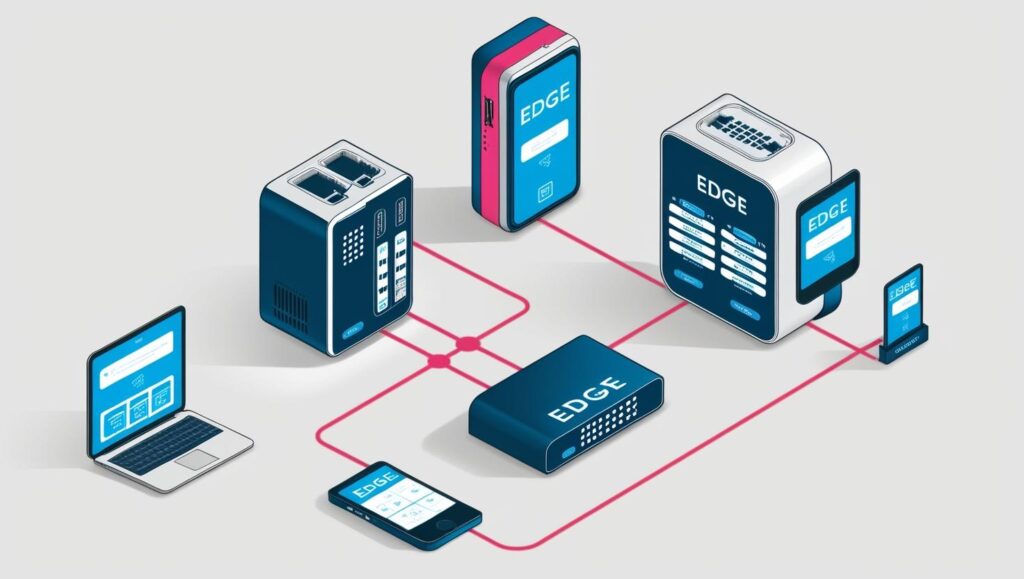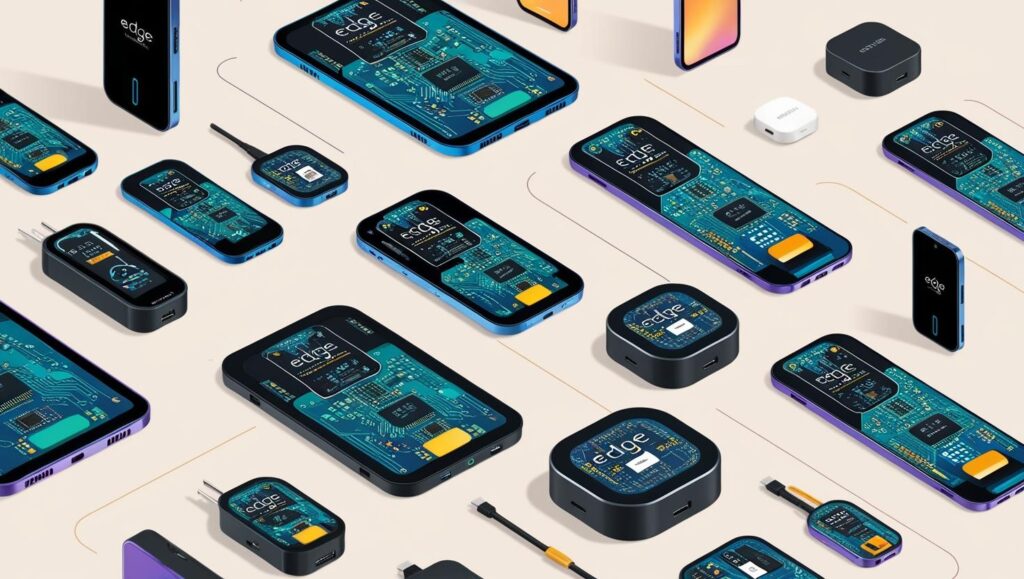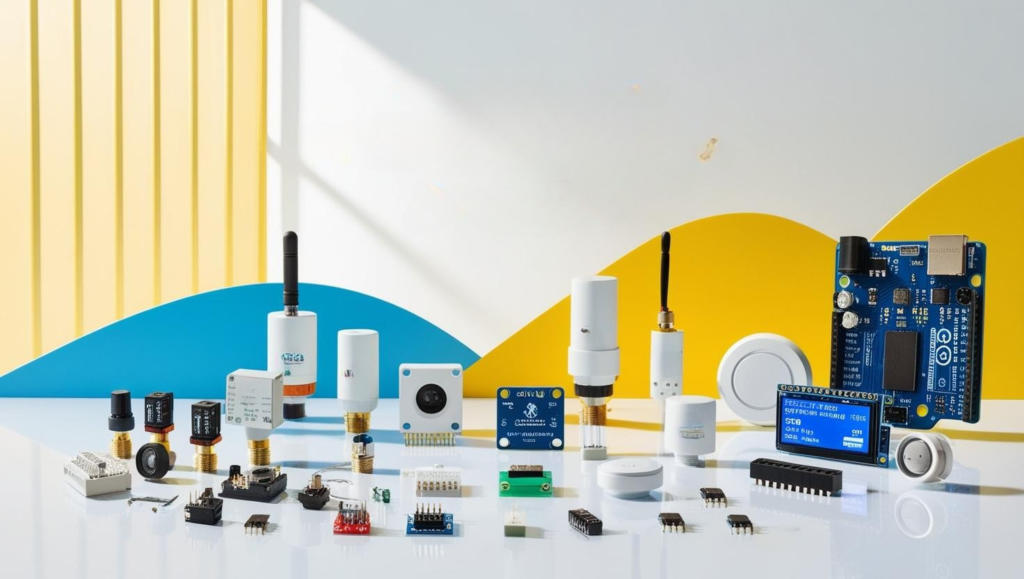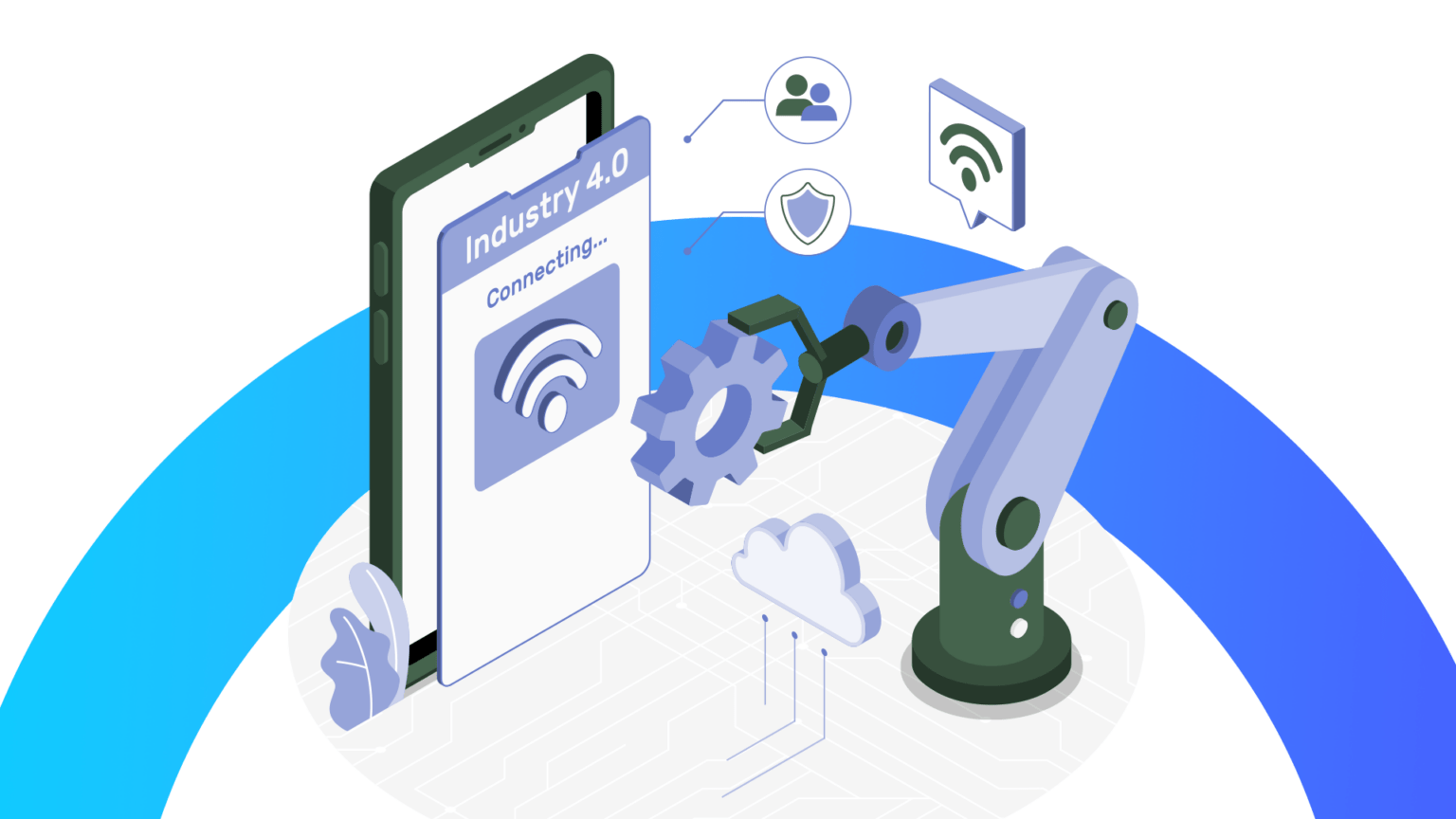
Choosing the right IoT hardware is crucial for building effective, interconnected systems. This guide dives into IoT hardware fundamentals, covering essential components like sensors, gateways, and edge devices and their role in driving connectivity, data flow, and automation across industries.

IoT Hardware refers to the physical components or devices that collect, send, and receive data in an Internet of Things (IoT) system. These hardware components are designed to connect to the internet, interact with each other, and enable automation, data collection, and remote control.
Sensors, the “eyes and ears” of an IoT setup, collect data from the environment. This ranges from temperature, humidity to movement. The extracted data is then converted into digital signals. Actuators, on the other hand, respond to said signals. This is done by executing actions, like turning on a device or adjusting settings.
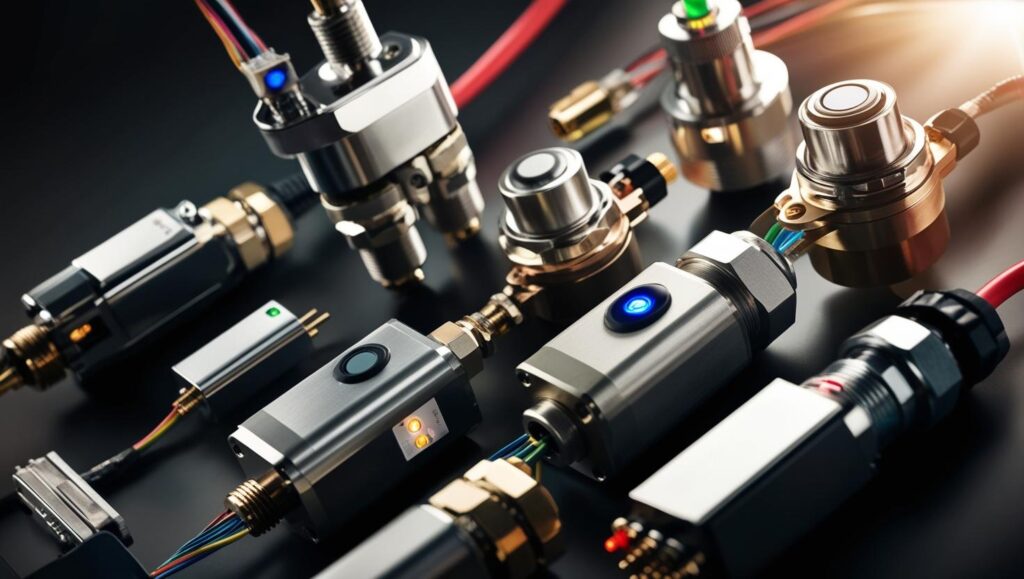
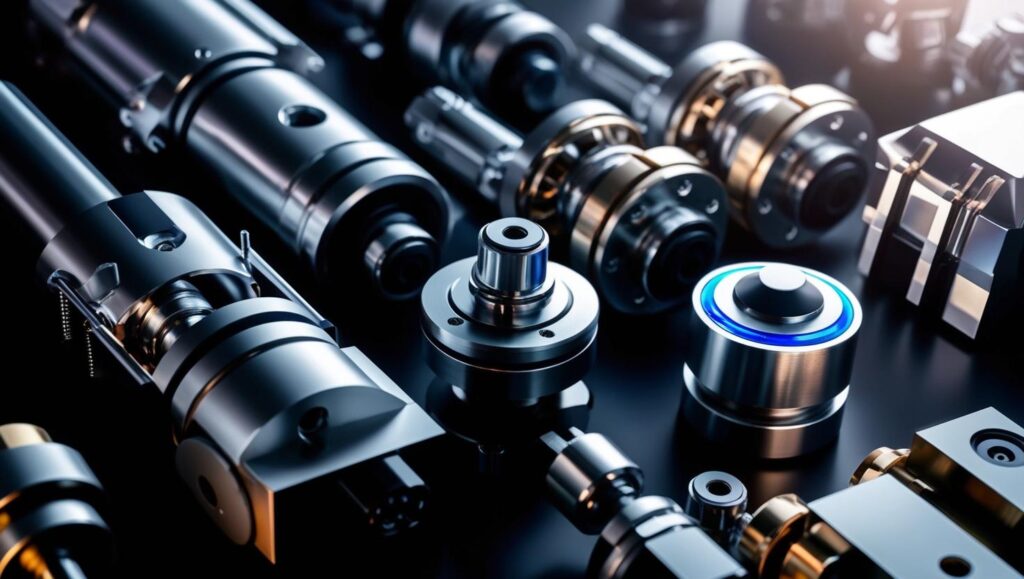
As for the brains of IoT devices, those would be Microcontrollers (MCUs) and microprocessors (MPUs). Microcontrollers are meant for simple tasks, given their efficient energy usage, enabling devices to function without significant power demands. Microprocessors, however, are more complex, allowing IoT devices to perform advanced tasks with greater computing power, though often at a higher energy cost.
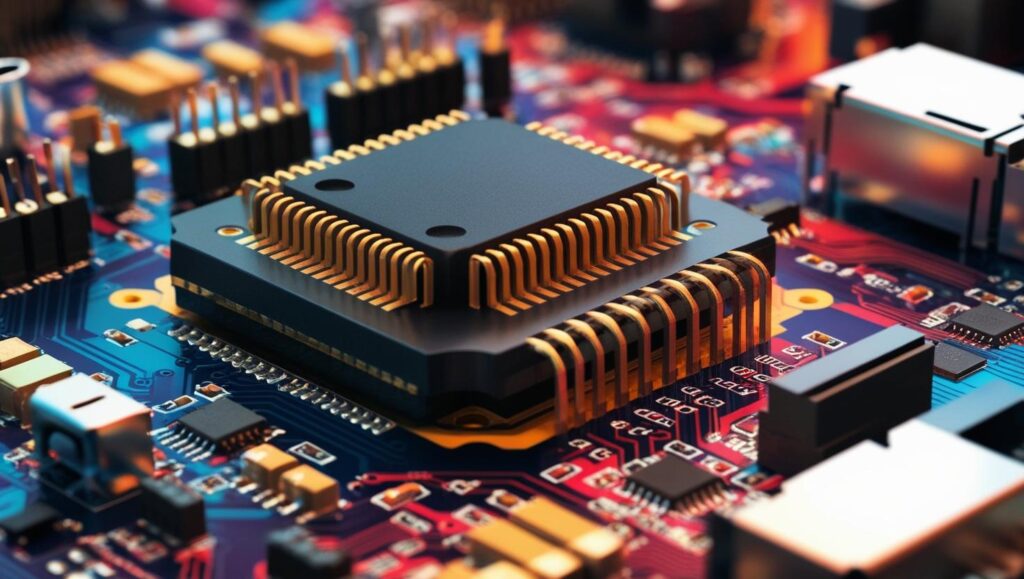
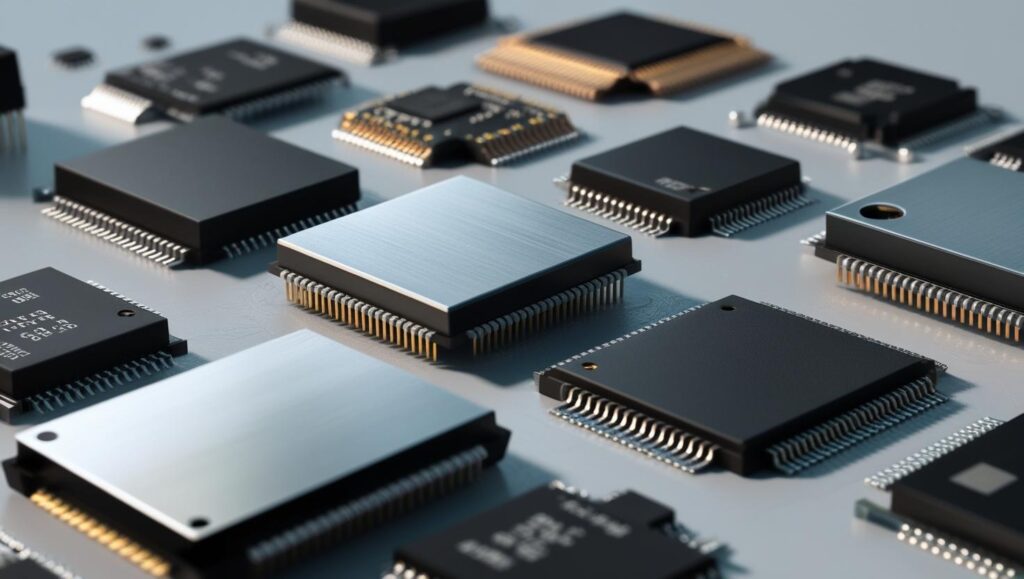
Acting as intermediaries, gateways and routers handle data transfer between IoT devices and the cloud. Gateways aggregate data from multiple sensors, translating various communication protocols to ensure data compatibility across different devices. Routers enable data movement across networks, making it easier to analyze information remotely.
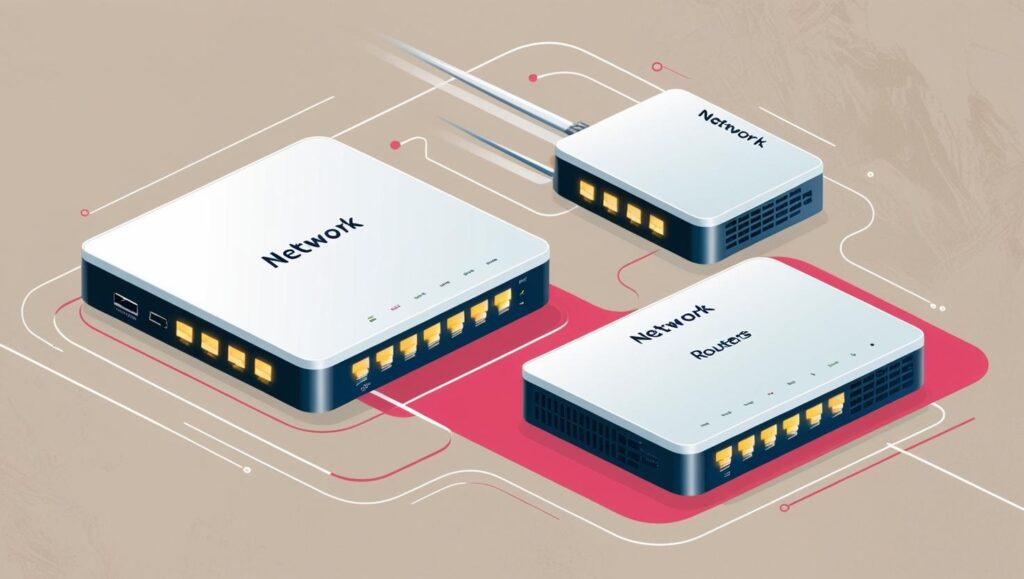
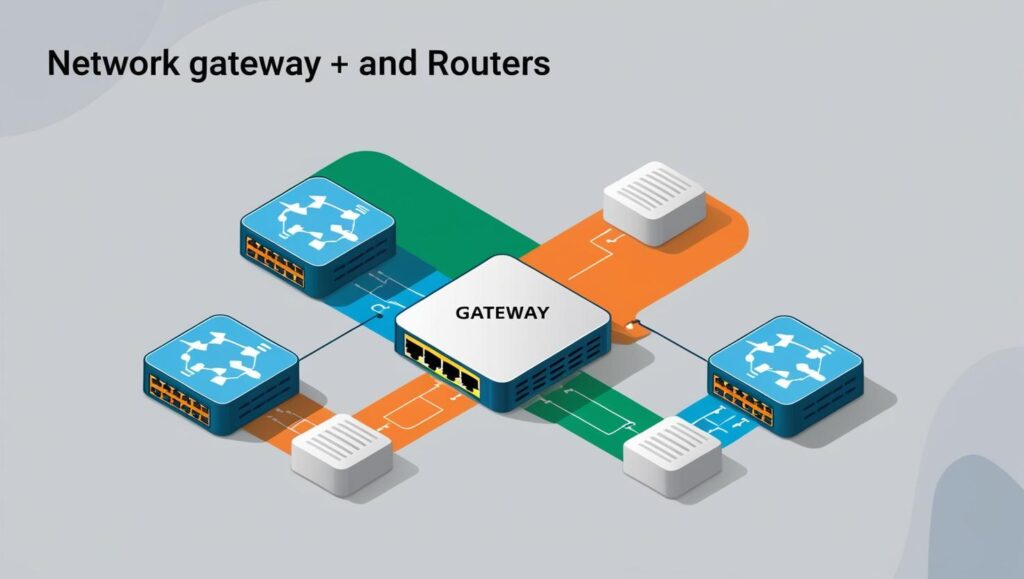
Edge devices handle data processing closer to the source rather than relying solely on cloud servers. By reducing latency and improving real-time processing capabilities, edge devices are crucial for applications requiring immediate feedback, such as autonomous vehicles or smart machinery in factories.
